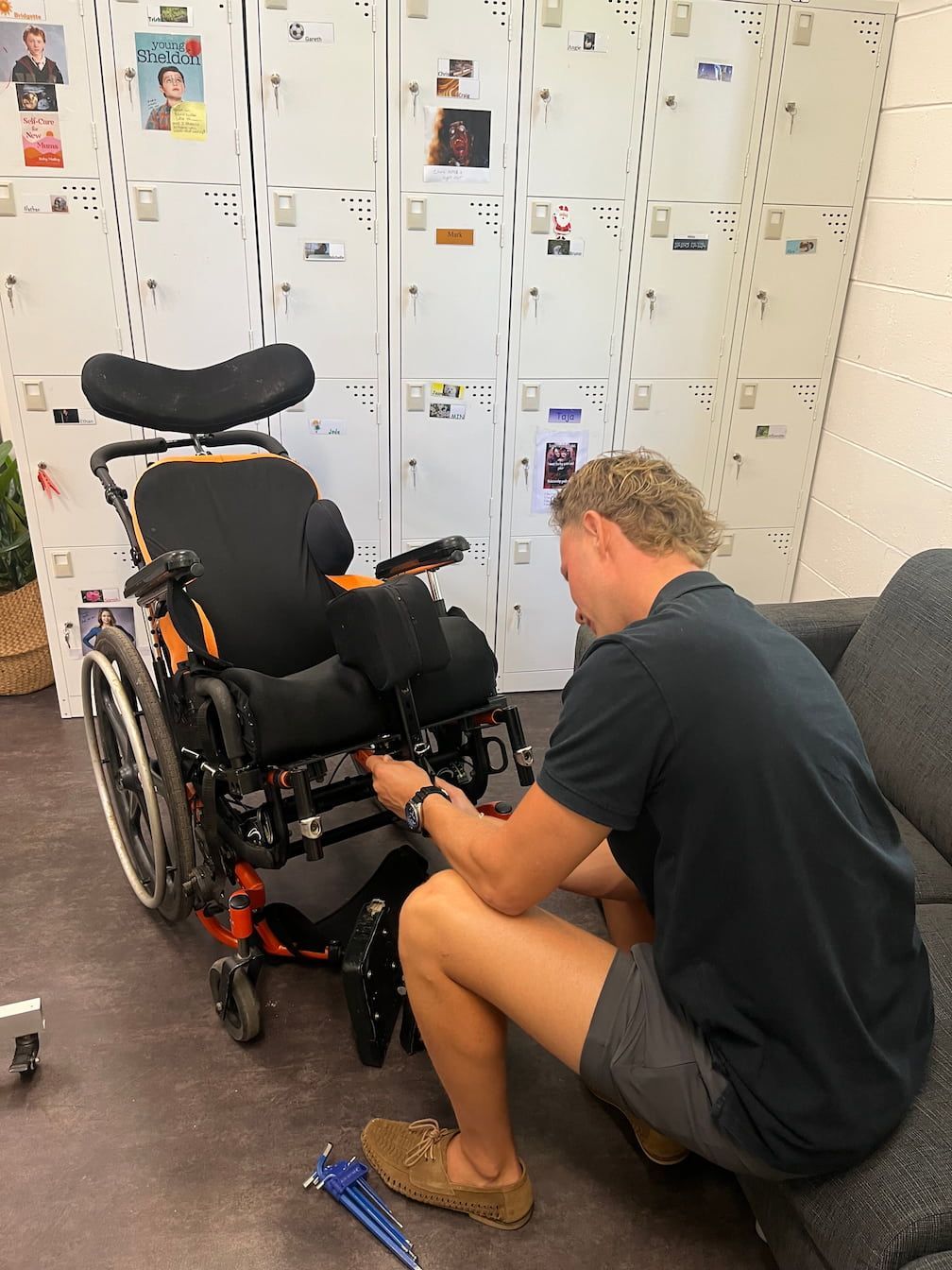What is an NDIS Access Request Assessment?
The National Disability Insurance Scheme (NDIS) Access Request Assessment is a process for individuals seeking support through the NDIS in Australia. An occupational therapist can provide assistance in this process by providing evidence to support your NDIS access request.
This assessment evaluates a person’s eligibility for NDIS funding and determines the level of support they may need due to a disability.
Here’s a breakdown of what this assessment entails, including how we work with clients to ensure their application aligns with NDIS requirements.
Understanding the NDIS Access Request Assessment
An NDIS access request assessment typically involves a comprehensive approach to assessing how a disability affects various aspects of an individual's life. At Life Solutions OT, we conduct standardised assessments, functional observations and compile background history.
We assess how the client's disability impacts their everyday activities, aiming to create a detailed picture of their needs for the NDIS.
This process involves one primary face-to-face appointment, during which we assess and observe the client’s abilities and limitations across different areas. Following this meeting, we create a detailed report that reflects these findings and addresses each of the six NDIS domains.
Addressing the Six NDIS Domains
The NDIS focuses on six core domains to ensure a well-rounded understanding of how a disability impacts a person's life. In our assessment, we address each of these domains to provide a holistic view:
- Communication
This domain focuses on the individual’s ability to communicate effectively with others. We assess verbal and non-verbal communication abilities, the need for any communication aids, and any challenges that may impact daily interactions. - Social Interaction
Here, we observe the client’s capacity to engage socially, form relationships, and participate in community activities. Evidence in this domain helps demonstrate how social interaction may be affected by the disability. - Learning
This domain evaluates how the individual processes new information and adapts to new environments or tasks. It includes an assessment of cognitive abilities, memory and problem-solving skills. - Mobility
We assess the client’s physical capacity to move around their environment safely and independently. This may include observations of balance, coordination and any need for mobility aids. - Self-Care
This domain reviews the client’s ability to manage daily personal care tasks such as bathing, dressing, and eating. Here, we gather evidence on whether the individual can perform these tasks independently or needs assistance. - Self-Management
Self-management considers the person’s ability to make decisions, manage emotions, and handle responsibilities, including budgeting or personal organisation.
By addressing each domain, we ensure the assessment covers all aspects of the client’s life, giving the NDIS a clear view of where support is most needed.
Providing Evidence-Based Recommendations
An occupational therapist can provide evidence-based recommendations for the client's first NDIS plan. We analyse the data gathered from assessments, observations and background history to create a well-supported case tailored to the client’s specific needs. Recommendations may include suggested supports, equipment or therapies that align with the challenges identified across the six domains.
Our aim is to create a strong, factual case that clearly conveys the importance of each recommended support. These recommendations form the basis of the client's initial NDIS plan, helping to ensure they have access to the resources and assistance they need for a better quality of life.
Importance of Staying Up to Date with NDIS Guidelines
The NDIS guidelines and eligibility criteria are subject to updates. It’s crucial to stay informed about these changes to improve the likelihood of a successful application. By keeping up with current NDIS requirements, we ensure that our assessments and recommendations remain aligned with the latest standards. This approach maximises the client's chances of an approved application and the best possible outcomes.
Conclusion
The NDIS access request assessment is a vital step in securing necessary support for individuals with disabilities. At Life Solutions OT, we guide clients through this process by thoroughly assessing how their disability impacts each domain of their lives, creating evidence-based recommendations and staying updated with the latest NDIS guidelines.
Written By Alex Kiosses
Alex is a driven and dedicated OT with a diverse skill set acquired through a broad range of experience working within the community. His passion lies in assisting individuals by enhancing their access to environments, allowing them to enjoy the things they love and find important.
Site Links
Service Areas
Services
Open Hours
- Monday
- -
- Tuesday
- -
- Wednesday
- -
- Thursday
- -
- Friday
- -
- Saturday
- Closed
- Sunday
- Closed










